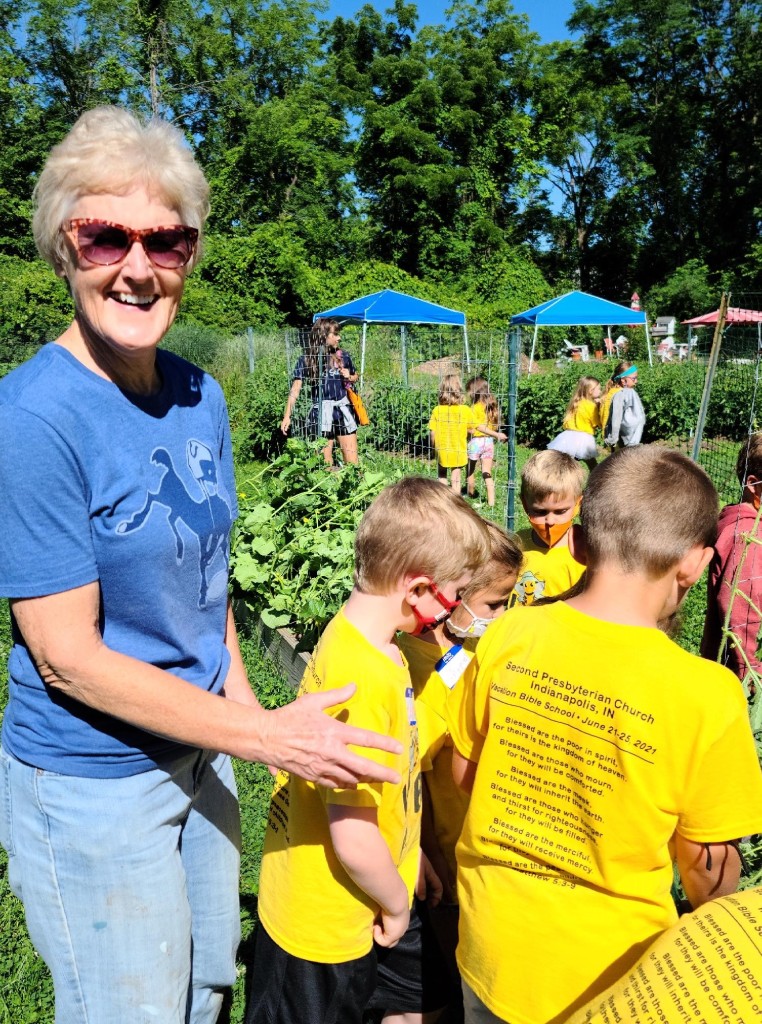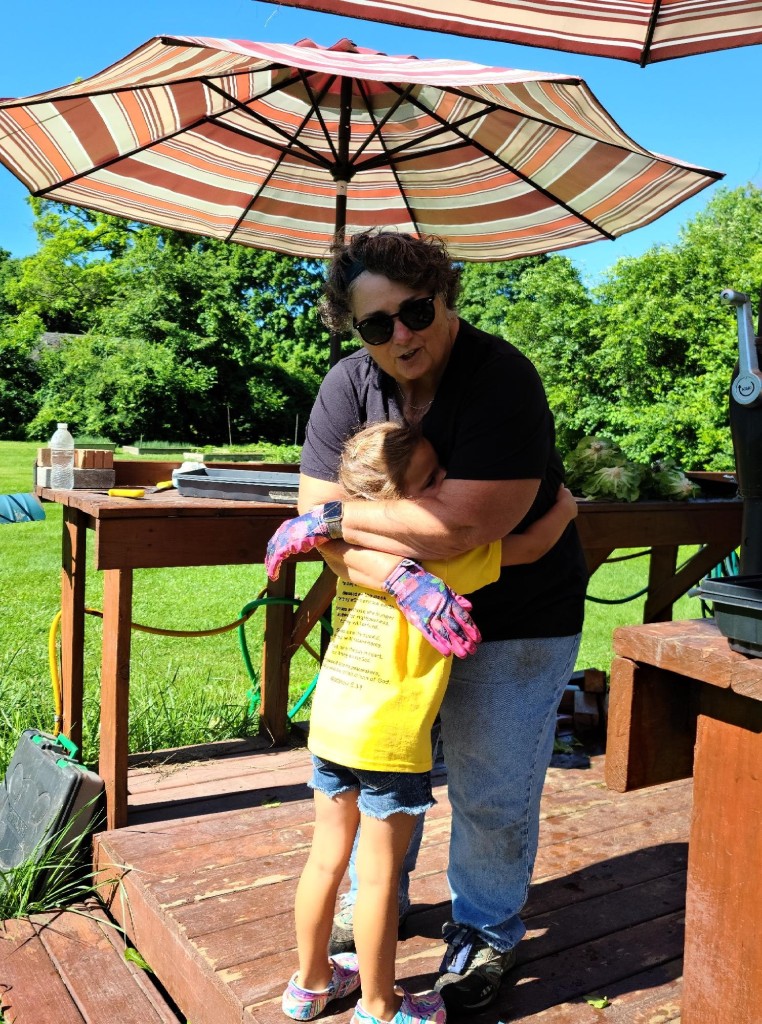Post 6 of 11 in a series on the 10 Principles of Older Adult Ministry (banner image by Raul Petrie from Unsplash)
This includes a great variety of housing situations, and “family” relationships
How does the church program for “older adults?” Joyce MacKichan Walker, Retired Church Educator/Pastor, Princeton, New Jersey reminds the church in “Principle 5: Diversity of programming provides the depth to engage a breadth of situations and circumstances,” (HOPE4CE website). What if the changes and disruptions of today are really “Kin-dom times?” Current day demographics, extended lifespans, and technology redefine for us what “Diversity of programming” might look like. It can be diverse generational configurations, a variety of engagement, and point of access/engagement. Parallel programming for discrete segments of the congregation gives way to integrated programming rife with collaboration.
“Children and Family” programming no longer targets exclusively twenty to fifty something year old adults. Adoptive, fostering, and multi-generational households have blessed the church with grandparents, aunts, and uncles being primary caregivers. Older adults such as Fred are helping with on-line schooling and learning through their nieces/nephews/grandchildren how to use electronic classroom software. Perhaps the traditional “Christmas Pageant” for young children now looks like a zoom gathering where children tell the story and older adults such as Martha participate as sheep, lamb, angels, and innkeepers. Perhaps like Mary, who is in her spry 80’s, a widowed member of the congregation, drops by VBS to see if they need another hand. She woke up and “the Holy Spirit just told her she was needed.” Perhaps like Margaret, a single and retired member of the congregation, one joins on-line Bible Study and Prayer Groups even though she may no longer attend in person – whether for reasons of a present pandemic or being more house bound due to mobility issues.
What the church knows for sure is that congregating is a form of communicating. Programming facilitates that communication. Whether we do so in person, on-line, or by mail the followers of Jesus Christ hold onto the early tradition of sharing good news through letters and other long-distance communications. Current church programming which targets older adults, maintains connections irregardless of “ages and stages.” Learning and dependence are no longer limited to one age or one stage. If Elder Mark cannot figure out how to “unmute” himself, odds are that the ten-year-old in the group can help him. The church is challenged to program for older adults by embracing the reality of caregiver and care needer, by seeing the reversal of adults as experts and engaging children as teachers, and moreover by finding new ways to communicate that our older adults are needed and able. Traditional roles are upended, as the gospel often tells us will happen, when the kin-dom of God is at hand.





